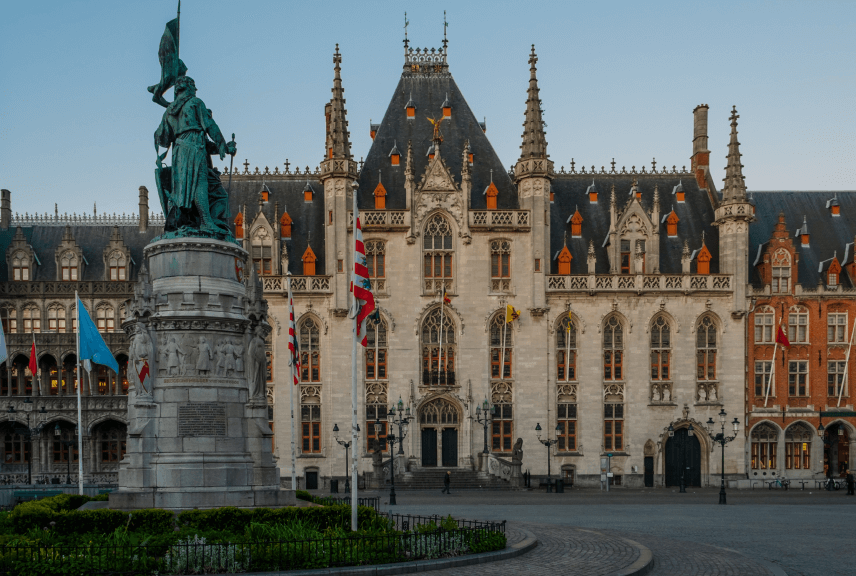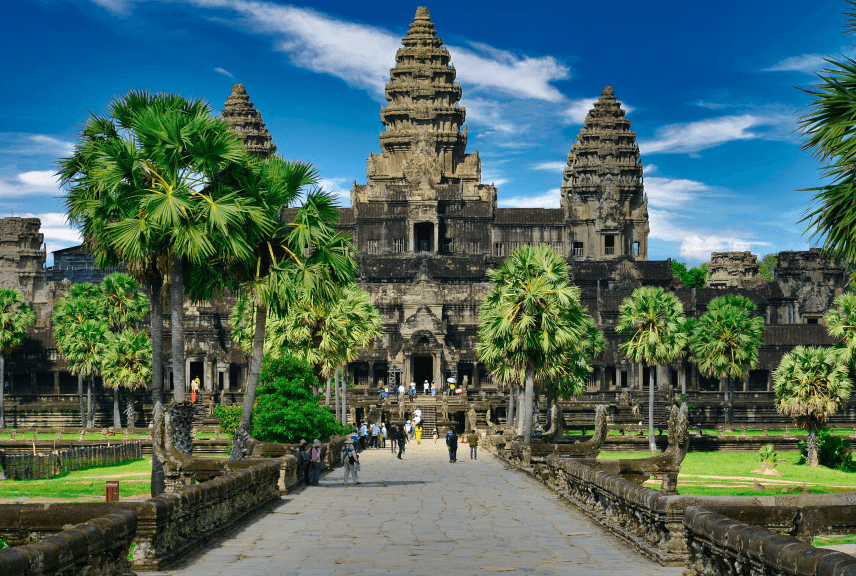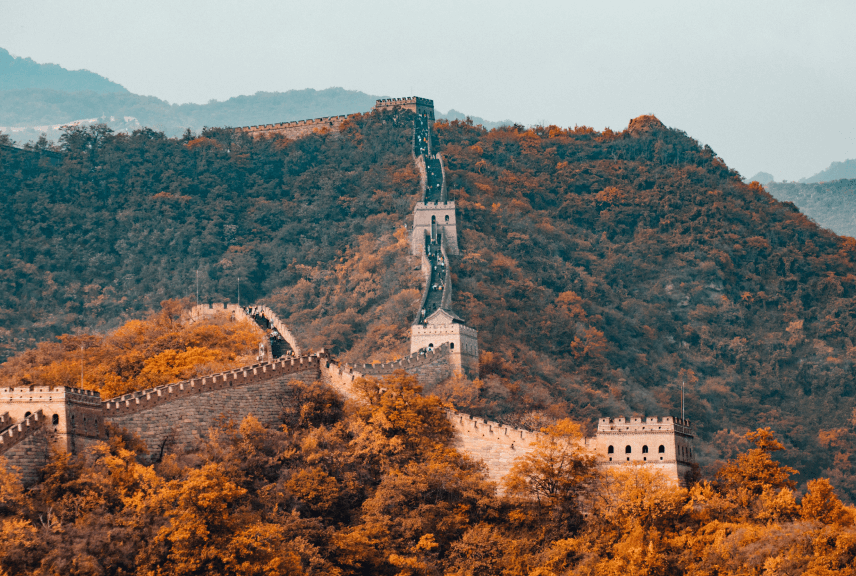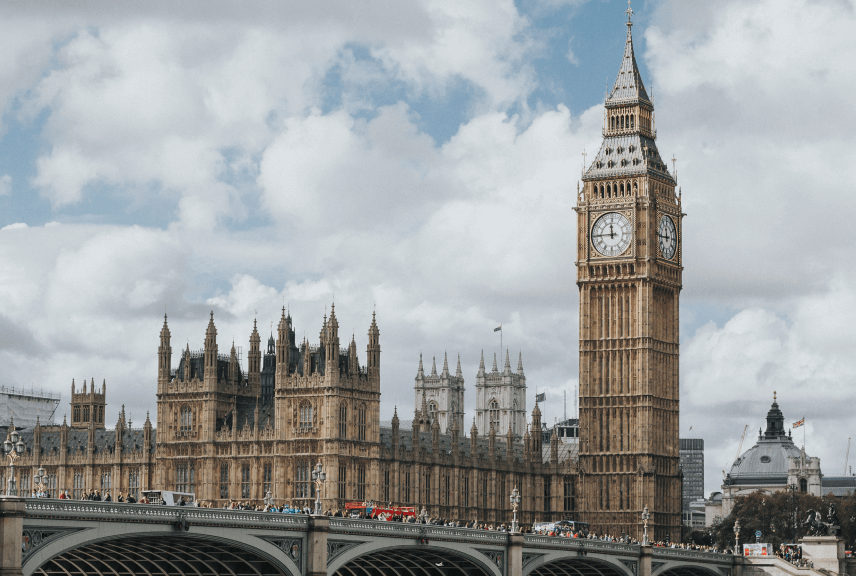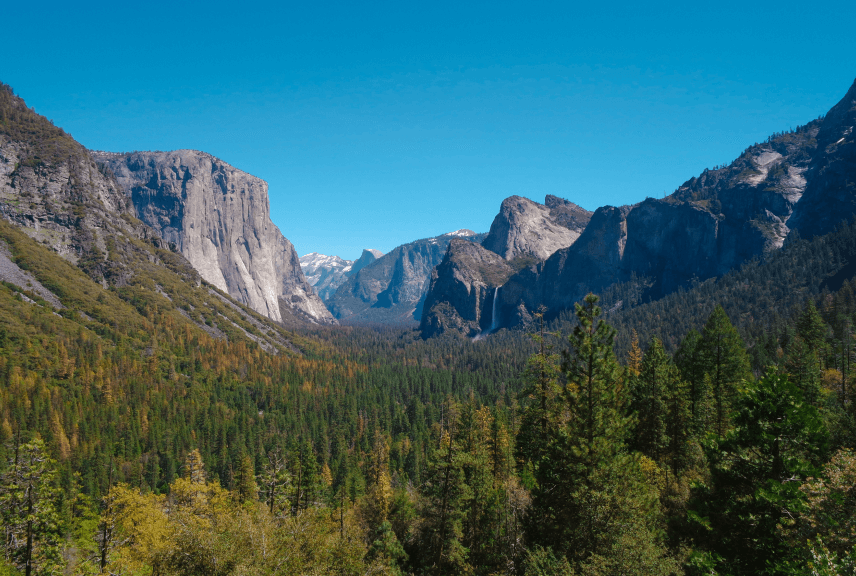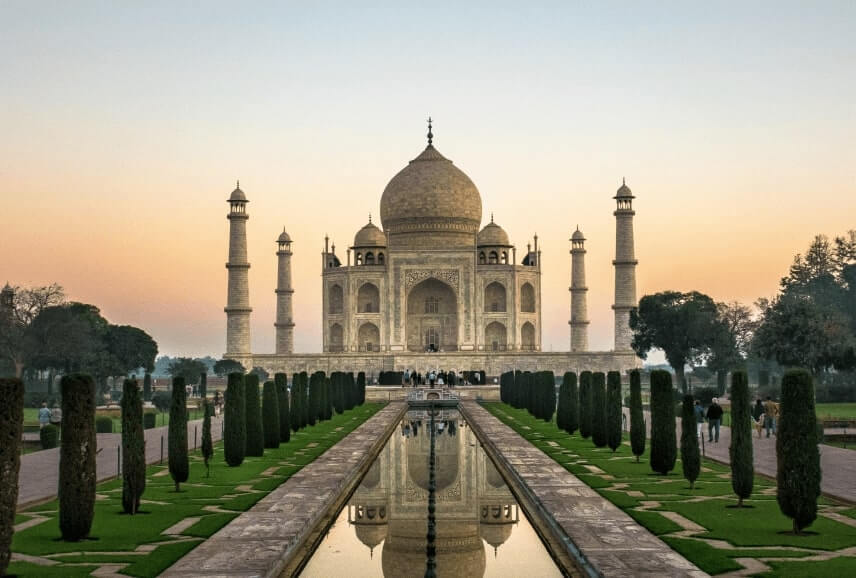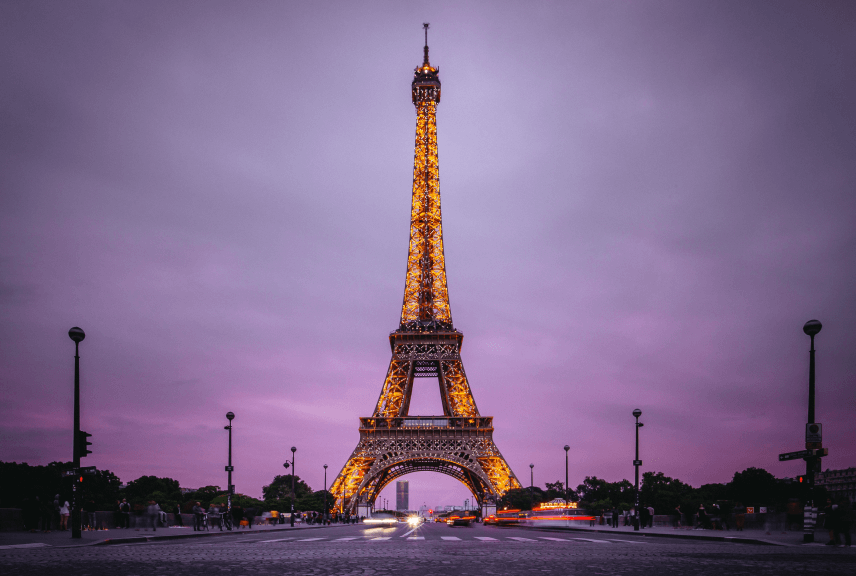Friday, July 26, 2024
Reading Time: 3 minutes
The travel industry is facing significant changes in Santorini, a popular Cycladic island renowned for its sunsets and volcanic landscape. This destination, with its unique appeal, is grappling with issues stemming from heavy tourism. Santorini’s mayor has emphasized the need to protect the island’s unique landscape, shaped by a volcanic eruption 3,600 years ago, from the potential harm caused by new infrastructure. Currently, about a fifth of the island is occupied by buildings, and the presence of numerous swimming pools and jacuzzis underscores its reputation as a pricey destination.
In 2023, Santorini witnessed the arrival of around 1.3 million passengers via 800 cruise ships, according to the Hellenic Ports Association. Long-time resident Chantal Metakides, who has lived on the island for 26 years, pointed out the detrimental impact of these cruise ships, particularly the pollution they cause. When multiple ships dock simultaneously, they release significant amounts of smoke, creating visible layers of pollution in the caldera.
Potential Solutions
To address these issues, Greek Prime Minister Kyriakos Mitsotakis proposed the possibility of capping cruise ship arrivals to Greece’s most popular islands, including Santorini and Mykonos. He suggested that such measures might be implemented as early as the following year, acknowledging that these islands are suffering from over-tourism. Mitsotakis noted that visitors spend substantial amounts of money to enjoy Santorini and prefer an island that is not overcrowded.
Tourism Minister Olga Kefalogianni echoed this sentiment, stating that quotas must be set to prevent excessive cruise ship arrivals. Local officials have agreed to limit the number of cruise boat passengers to 8,000 per day starting next year. This decision aligns with the need to balance tourism’s economic benefits with the preservation of the island’s environment and quality of life for residents.
Differing Opinions
However, not all local operators agree with this approach. Antonis Pagonis, head of Santorini’s hoteliers association, suggested that better visitor flow management could be part of the solution. He pointed out the inconsistency in visitor numbers, with some days experiencing as many as 25,000 cruise ship guests and other days none. Pagonis also noted that the congestion mainly affects parts of the island like the capital, Fira, while the southern volcanic sand beaches remain less crowded, even during the peak season in July.
Global Impacts on Travelers
The changes in Santorini’s tourism management are likely to have global impacts on travelers and the travel industry.
- Sustainable Tourism: Implementing caps on cruise ship arrivals will promote sustainable tourism by reducing environmental pollution and overcrowding. This approach ensures that the island’s natural beauty and resources are preserved for future generations.
- Improved Visitor Experience: By managing the number of tourists more effectively, the quality of the visitor experience will be enhanced. Travelers can enjoy a less crowded and more serene environment, aligning with the expectations of those who spend considerable amounts to visit such iconic destinations.
- Economic Considerations: Balancing economic benefits with environmental sustainability is crucial. While reducing the number of cruise ship passengers might initially impact local businesses, in the long run, it can lead to a more sustainable and profitable tourism model.
Key Points
- Santorini is dealing with the negative effects of heavy tourism, including pollution from cruise ships.
- Greek officials propose capping cruise ship arrivals to manage overcrowding and preserve the island.
- Differing opinions exist on how to balance visitor flow and economic benefits.
Santorini’s approach to managing its tourism challenges will serve as a case study for other destinations facing similar issues. By prioritizing sustainability and improving visitor experiences, Santorini aims to maintain its status as a premier travel destination while protecting its unique environment. This balance between economic interests and environmental preservation is essential for the future of global tourism.
